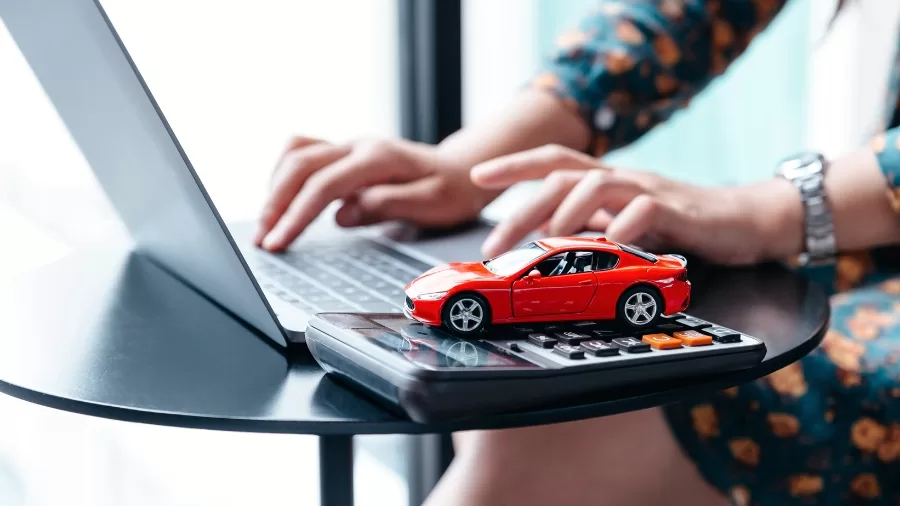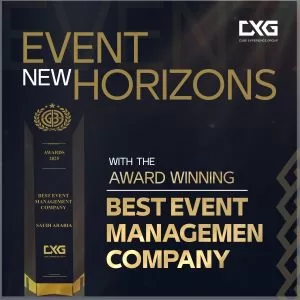Auto
Why It’s Time to Rethink ROI in the Used Car Industry

- The traditional ROI paradigm in used cars requires reconsideration, taking into account changes in consumer preferences, digitalisation, and sustainability trends.
- Embracing technology and improved customer experiences changes the entire realm of their investment in used car calling.
Used car sales have always been an important part of the automobile industry, but Return On Investment (ROI) calculation seems to be obsolete now with the advent of technology. The growing adoption of technology in almost every sector has substantiated the obsolescence of the ways we calculate and value ROI in the secondary auto market. The time has come, therefore, for a revolutionary approach to calculating ROI for used cars.
The Traditional Used-Car ROI Model: A Thing of the Past?
Traditionally, the practice of calculating Return On Investment (ROI) for a used car has been based on tangible elements such as the amount with which a vehicle is acquired, depreciation value, and selling price at disposal. Although these are not insignificant, they do not paint the complete picture anymore. Instead, as digital tools, data analytics, and consumer preferences all evolve, a complex and dynamic approach may be necessary in this day and age concerning the ROI.
The old-fashioned version of ROI calculation is that it primarily concerns cash gains. This is indeed the most critical part, yet other key aspects have emerged as new focal points in today’s market: customer satisfaction, effects of digitalisation, and green cars, which have to be part of the ROI of used-car enterprises to ensure long-lasting success.
Why Time for Change
1. Evolution of Consumer Expectations
Today’s automotive customers are more educated about the newest thing on the block than they were in earlier times. They are progressively getting more technologically inclined and personalised about what they get from a car-purchase experience. From zero-effort, easy online browsing and virtual showrooms to the clamouring of individuals wanting to experience electric cars for themselves, there have been shifts in the preferences of the vehicle user.
Indeed, a majority of people have changed now to give more attention to sustainability and talk about the technological ingredients when it comes to deciding when to change the car. Ask if the investable ROI is the product itself or the value it brings to customers’ experiences. Doing such tactics as selling products that match the trends today—improved vehicles—causes sales plateaus and long-term customer relationships, therefore leading to higher returns.
2. Ravages of the Digital Platform Economy
Much was witnessed in those times when one was required to visit different dealerships to get the right car. The digital age and the internet now provide the answer to use research, reviews, and virtual assistance from interested clients on the web. This gives a golden opportunity for automotive dealers to well integrate data analytics into their sales strategy.
For example, the use of valuable customer data, along with the latest AI-driven tools, will help dealers understand future trends, the most popular models, or what people require in their vehicles. The insight thus derived will optimise inventory control and sales strategies and ensure that the right cars are there at the right time. The alignment of inventory with demand and providing a personalised customer experience can have a large impact. Their R.O.I. increases greatly.
3. Integrating Sustainability and Green Practices.
Currently, sustainability is not something people should talk about any longer; it is becoming a necessity. Due to the increased striving towards ecological responsibility, consumers are more and more aware of their carbon footprint. The most used accounting is the demand of consumers for electric and hybrid used vehicles. As a result, the demands of this member have simply skyrocketed, and used cars of this type are in very high demand in the secondary market.
The inclusion of sustainability into the ROI equation will not only make them contemporary with customer trends but also enable an engaging route taking on a market that is going to flourish quickly. Examples include installing energy-efficient automobiles, advertising a greener workplace through recycling initiatives, and showcasing the eco-friendly features of the business. This all can help to create a cutting-edge and unique selling proposition for the firm in the otherwise crowded competitive market landscape.
4. Improving After-Sale Services and Support
Customer experiences end after the sale, but they can stretch further, offering them excellent advocacy service, e.g., warranties, periodical maintenance, and customer service, resulting in a significant increase in ROI. After all, a loyal customer is more likely to return for a purchase or refer the dealership to his friends and family for increased revenue in the future.
Also, easy consumer finance options, extended warranties, and trade-in programs give considerable added value to the customer and can be calculated in terms of overall ROI. The coupled added services add more value to customers in terms of customer loyalty and offer an array of opportunities to a business house to earn more income, thereby increasing the returns even more.
The Role of Technology in the Future of Used Car ROI
As technology keeps transforming itself, it will play a major role in formulating the used-car valuation in the future. AI-powered pricing algorithms for virtual reality showrooms—it appears the possibilities are endless. Those companies that build themselves on the idea of technology have a head start against their competition and have better chances to improve profitability through their sales strategies and create networks at a higher level of probability equipped for obtaining more interest on ROI.
For sample applications of artificial intelligence and machine learning algorithms to analyse a massive amount of data concerning pricing, the most profitable pricing strategies and virtual reality project showrooms are one possible avenue for future investment, making it incredibly easy and detailed: making every detail of the product highly visible to the buyer, whatever they perceive through their VR headset. Overall, these changes give a much better experience shopping, increasing automation, reducing cost, and providing a more personalised shopping experience—all contributing at some amount to the final approach of a higher ROI value being created.
Embrace the Change for a Better Future
The ROI business model in old cars was good when it was first implemented, but the changes that come with the times are making it clear that the story should now change. Placing various factors into perspective, mostly altered customer expectations, digital impacts, sustainability, and after-sales services, can bring out a new way for dealers to carve up profitability and growth. Because technology is shifting every industry, the quick movers will emerge as winners in the competition of today.


















































